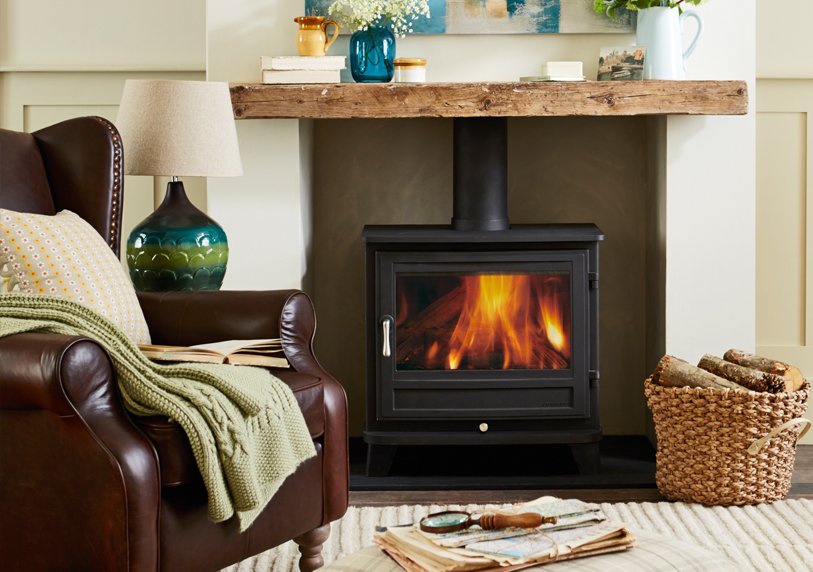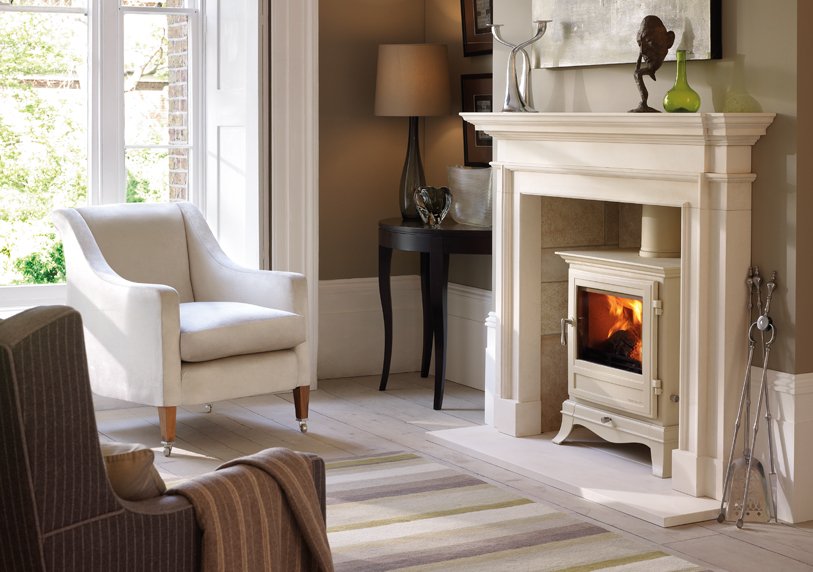

When we talk about traditional British interiors, we could really be talking about a number of styles from a range of different design eras. ‘Traditional’ could inspire a stately-home style drawing room, furnished with chesterfields, tapestries and chinoiserie. Or at the other end of the spectrum, it could evoke an oak-beamed rural retreat with agricultural artefacts hung on the walls. You might be thinking of anything from a Georgian townhouse to a heritage, cosy cottage.
Whatever your idea of traditional is, it’s likely you have a certain style in mind for your home. Defining exactly what this style includes is an integral part of creating a beautiful home interior; it helps to inform your choice of features and furnishings. But while sticking to silhouettes and patterns from a particular era can make a space feel authentically traditional, at Chesneys we know first hand how mixing traditional styles with contemporary designs can sometimes make for the most beautiful results.
ADD COLOURS AND PATTERNS THAT EXPRESS YOUR PERSONALITY
Designing a traditional living space is a balancing act. On the one hand, there’s authenticity to consider: staying true to the style you’re replicating. On the other, you’ll also want to leave room for individual expression. Opportunities to address both of these design perspectives will lay in the finer details of the space: its colour schemes, patterns and finishes.
It’s these features that should be reminiscent of the traditional style you wish to recreate. For example, hand-painted wallpapers, smooth edges, and vibrant hues of reds and blues all suit the stately home look, while, cream walls, exposed beams and tweed take pride of place in a rustic interior.

Adding a touch of your own personality can come in picking out your preferred colour scheme and patterns, and being inspired from the variations in style set within a specific traditional aesthetic.
THERE’S MORE TO IT THAN GOOD LOOKS
While style is most naturally associated with a space’s aesthetics, the best interior designers take all of the senses into consideration when putting together a living space; it’s acoustics, for example. Smooth-edged objects like mirrors and polished surfaces reflect sound, opening up the space, whereas rougher-edged materials like fabrics and canvases are sound-absorbers — ideal for creating close, cosy acoustics.
What will it feel like? Should the upholstery on the seating be soft, or fairly coarse? Or will you create a mix of textures using throws and cushions? Will you be walking on floorboards or carpet?
These sensory considerations play an important role in creating a truly traditional space, because the senses of touch, hearing and smell can evoke memories and feelings about times and places just as powerfully as sight does. Sometimes even more so.

CONSIDERING WOOD BURNING STOVES
Every traditional design choice will affect how people use and experience your living space. For example, adding a piano, record collection or hamper of board games makes for a playful, socially stimulating room and comfortable sofas invite guests to relax. Wood burning stoves, however, create a social focal point: a homely woodfire scent, and, most importantly, warmth — immediately enhancing any traditional design theme you’re trying to achieve. 3 reasons why wood burning stoves are a timeless option
Cast iron and steel stoves have been used to heat homes since the 18th century — making them an essential fixture in many traditional interior styles. This doesn’t mean to say adding a stove will automatically create your desired aesthetic and experience, as one stove may differ greatly from another in design and function. A key design point to consider is whether a wood burning stove, gas or a multi-fuel model will fit your space and needs best; is the kitchen or living room you’re thinking of installing a stove in? Wood burners tend to create the more traditional feel. There’s nothing quite like the sound and scent of crackling wood on a chilly Sunday.
Then again, there’s certainly space for modern innovations within a traditional interior — especially models that house efficient, eco-friendly technology within an attractive exterior. At Chesneys, our wood burning stoves are all DEFRA exempt and in most cases exceed the eco-design 2020 regulations. This, combined with our award-winning, clean-burn combustion technology, means our sleek wood burners can work to meet any eco requirements you may have while retaining a traditional elegance. Before you make a choice either way, we’d always advise you to think carefully about the balance you’d like to strike between modern function and traditional design. You should also think back to your individual definition of ‘traditional style’, as stove designs can range from rustic and rural, to striking and contemporary. Within the Chesneys range, look to the Shipton and Belgravia series for a more ornamental style, or the Salisbury series for a cleaner aesthetic.
When it comes to designing traditional interiors, the most important element is that you create a space that works with your individual style. By applying fastidious thinking to each element of your living space, you’ll be sure to create a traditional interior that stands the test of time. If you’d like more advice from our home design specialists, feel free to browse our dedicated blog. Alternatively, head to your nearest stockist.
Need help?
If you need more information or some assistance making a selection from our large range of products, don’t hesitate to get in touch.
Stoves
Chesneys have a range of accessories that include contemporary and traditional fire tools, fire screens and a selection of interior panels
